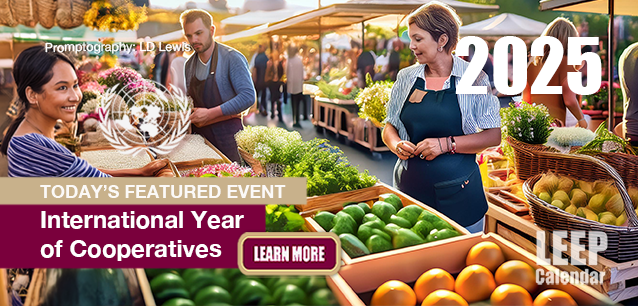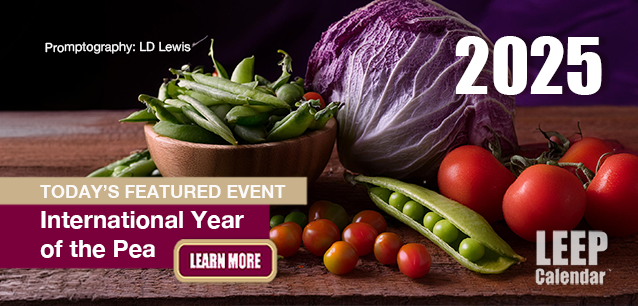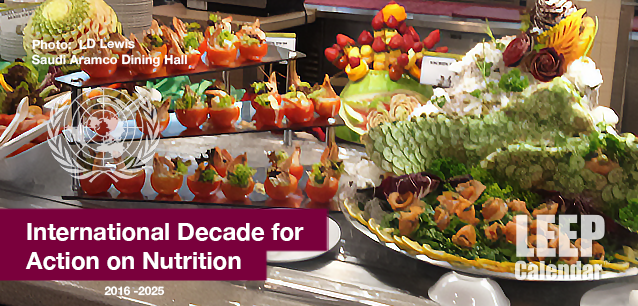 AD
AD
Today is: December 07
Scroll to explore events active on this date.
Additional Events on LEEP
LEEP INK FEATURES

August? Absolutely!
In August, we live through the Dog Days of Summer. It's hot and often humid, and those who can leave for better climates do. Down south, winter is in full force. August is also known as "the ...

In The Heat of July: July 2025 Events
Is it hot enough (or cold enough if you're below the equator) for you yet? There is actually a day for that! Like every month, I pick a diverse collection of events you may or may not know about. This ...

May Blooms: Events in May 2025
Along with October, May is one of the most densely packed months of the year. It's before the summer humidity and the last whole month of the school year. The weather is warming in t...
About Sourdough September
Ends: Sep 30, 2022
DESCRIPTION:
Since 2013, the ninth month of the year is when the Real Bread Campaign has gone on a mission to help everyone discover that: life's sweeter with sourdough.
The objectives of Sourdough September are:
1) Share the delicious delights of genuine sourdough;
2) Encourage more people to bake genuine sourdough;
3) Celebrate the small, independent bakeries that bake genuine sourdough;
4) Alert people to the issue of sourfaux to help people avoid paying a premium for something that isn't genuine sourdough;
5) Encourage people to join or donate to the Real Bread Campaign.
Sourdough first appeared in Egypt around 1500 BC and is the first known fluffy bread (versus flat bread). Egyptians were avid beer brewers, and it's believed the yeast for the beer may have accidentally ended up on the dough waiting to be baked. When the brewer finally went to cook the dough, it had risen. Before sourdough, loaves of bread didn't use yeast. They were flat.
1849 is when sourdough became an institution during the Gold Rush in California. Master bakers from France set up shop in downtown San Francisco and began baking the bread. It traveled well with the miners and became a hit.
Sourdough bread's flavor is tangy, and the bread is easily identifiable by its large holes created from the C02 generated from yeast. Sourdough is also the only bread that turns carbs into protein. The fermentation process partially digests the wheat proteins, but not entirely, allowing the bread to be higher in protein. Fermentation is how it gets its tangy flavor.
VIDEOS
Currently, this event does not have supporting videos.
SUPPORTING DOCUMENTS
Currently, this event does not have supporting documents.
ADDITIONAL IMAGES
Currently, this event does not have supporting images.
Where would you like to go now?
 AD
AD































































/footer-logo.svg)
